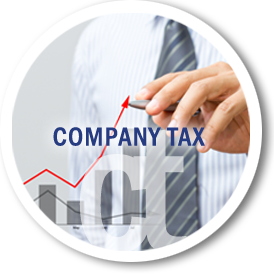Chancellor Jeremy Hunt has announced a partial replacement for the Super Deduction that allows companies to write off 100 per cent of the cost of investment in one go.
The Full Expensing scheme was announced in the March Budget. Businesses that invest in IT equipment and machinery will be able to claim back the cost by writing it off against tax on their profits, the Chancellor announced.
100 per cent claim
It will allow businesses to claim up to 100 per cent of the cost of the investment.
To further encourage investment after the pandemic, the Government first introduced the super-deduction in 2021.
Full Expensing came into effect in April 2023 and will be in place until at least March 2026.
Less generous
For every pound a company invests, they can get up to 25p in tax relief. This measure is designed to make the UK’s capital allowances system among the best in the world.
It is less generous than the Super Deduction, which allows firms to claim back 130 per cent on investment in areas such as machines for manufacturing.
Although the measure is due to last only three years, with the possibility of renewal, it is expected to cost the Government £10.7 billion a year by 2025.
There are different types of capital allowances available, including the Annual Investment Allowance (AIA), Writing Down Allowances (WDAs), First-Year Allowances (FYAs), and Structures and Buildings Allowances (SBAs).
For help and advice with full expensing and capital allowances, contact us today.






